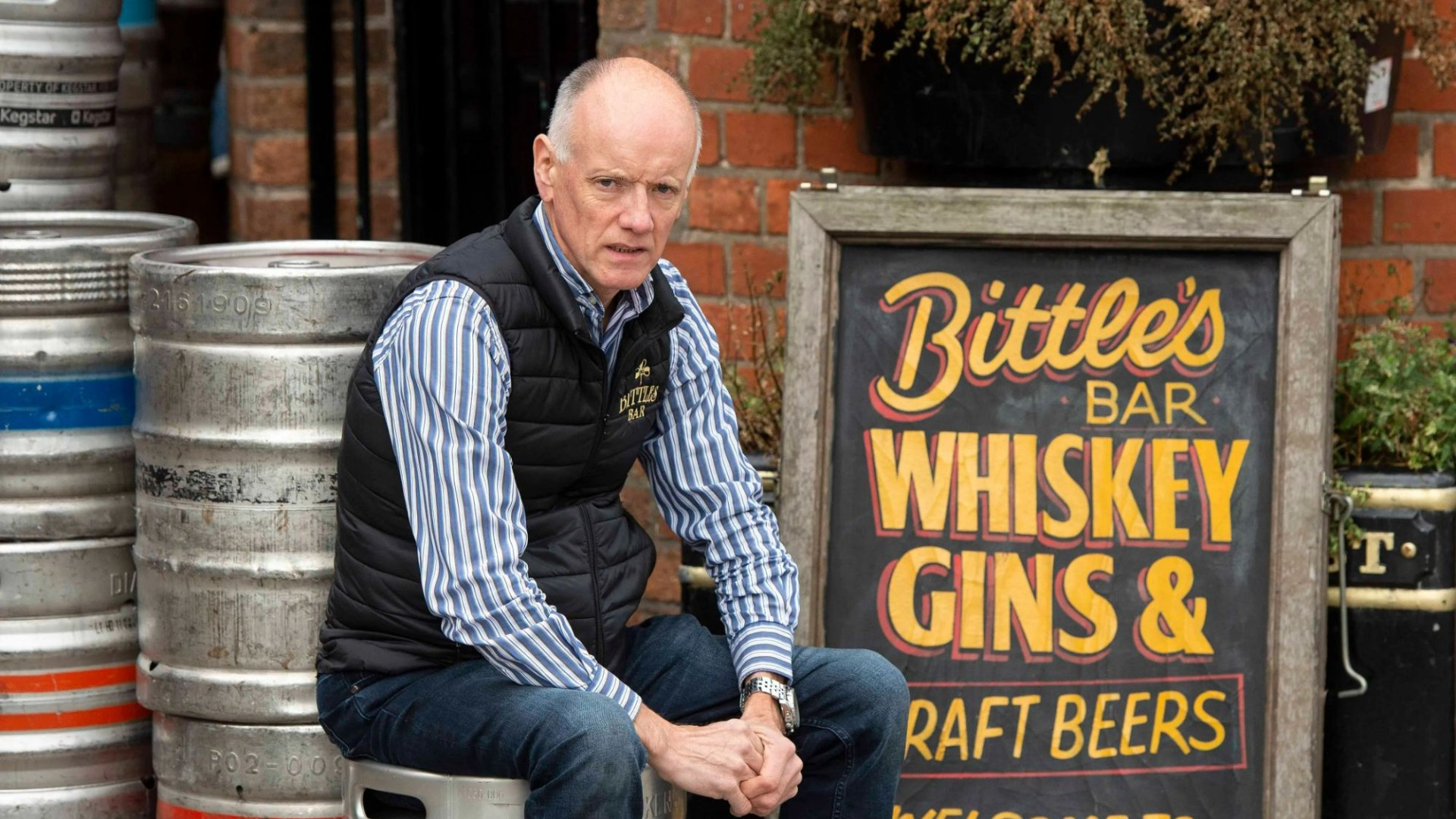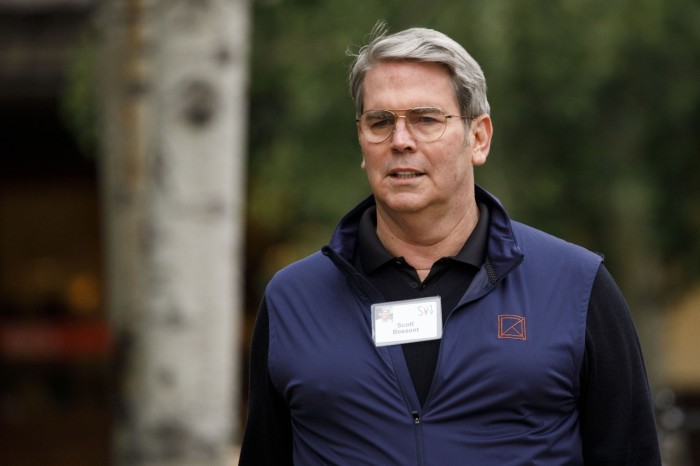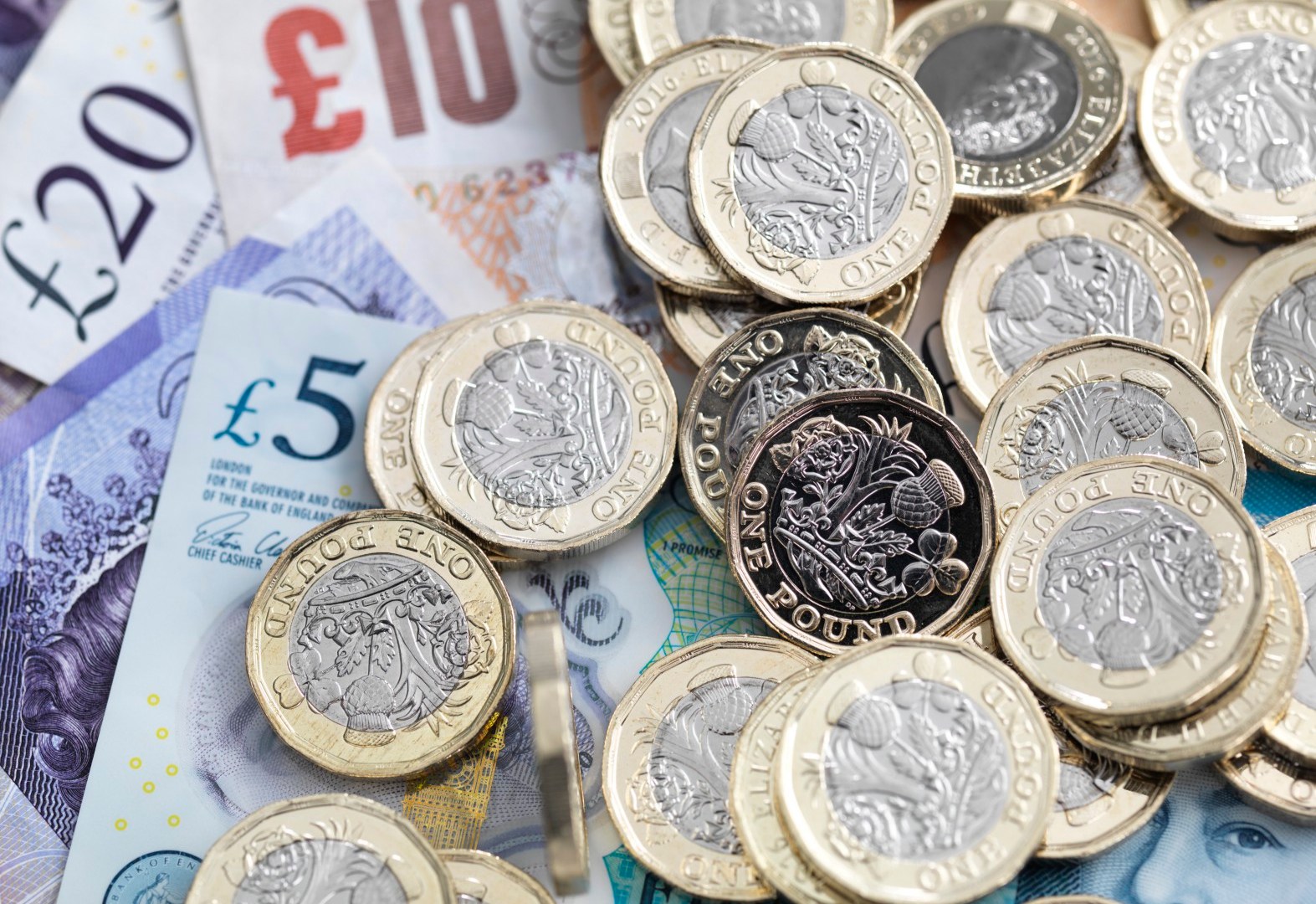Corporate messaging on social media is often left to younger, tech-savvy staff in a business, or communications professionals, who understand how it might be received.
But chief executives and other C-suite staff are increasingly expected to post regularly on platforms such as LinkedIn to improve their public profile. And, as with all influencers online, authenticity is critical.
There has been a 35 per cent increase in C-suite professionals in the US on LinkedIn in the past five years and a 30 per cent rise in the UK. There has also been a 23 per cent increase in posts from chief executives globally year on year, and their content gets four times more engagement than other content from LinkedIn members. CEOs can expect a 39 per cent surge in followers after posting, according to LinkedIn.
“It is often easier to build trust with people than corporate brands,” says Dan Shapero, chief operating officer at the platform. “So executives, as an extension of the corporate brand, are using LinkedIn as a way to build connection and trust with the audiences that they care about.”
Some of the more influential chief executives include Spotify’s Daniel Ek, who gained more than 130,000 followers in the past month, and Jon Gray, president and chief operating officer at Blackstone, who has a similar number of followers. Increasingly, as with other forms of social media, LinkedIn’s next target is video, which it says is the fastest-growing format on the platform, with uploads up 34 per cent year on year.
“Video affords a different level of connection and [it is] becoming the language of the internet,” Shapero adds. “In particular, videos from executives are some of the most engaged content on the platform, because people want to get to know these folks that are leading organisations that matter to them.”
Shapero, for example, films his videos after dropping off his daughter at school, using inspiration from his personal life to discuss issues such as back-to-school stress and inflationary pressures on the workplace.

However, getting the balance between personal and professional can be difficult.
“LinkedIn’s algorithm has shifted to prioritising posts that share knowledge and advice, especially from experts writing on their core subject area for a distinct audience,” says Jason Ball, founder of B2B marketing agency Considered Content.
“The broad consensus today is that business is personal, and people want to hear from people . . . That said, I’d steer clear from deeply personal posts — divorces, battles with illness, burnout journeys, hospital stays, holidays. These tend to be divisive, and they had their day during the pandemic — the platform has moved on since.”
Notable recent viral posts include a former Amazon vice-president claiming that, when he worked for another organisation, his wife was seduced by the chief executive “in direct retaliation for my pushback on him at work”, followed by advice on dealing with managers. It has more than 2,200 reactions on LinkedIn. Another man used his marriage proposal to discuss business-to-business sales on the website.
Beyond the personal, there is also pressure on executives to speak out on societal matters. FTI Consulting describes this as “walking the tightrope”. Its research found 66 per cent of business leaders do not feel equipped to speak confidently on societal issues, yet 75 per cent of professionals and 82 per cent of investors expected business leaders to take a stand on important matters.
Adrien Nussenbaum, co-CEO of Mirakl, a French online shopping start-up, recently used LinkedIn to warn about the “alarming rise of extremism” ahead of the French elections. “In our daily lives as entrepreneurs, we strive not to take partisan positions . . . Nevertheless, we have the responsibility to defend the principles of liberty, equality, and fraternity that are the very essence of our Republic,” he wrote.
Nussenbaum told the FT: “Business leaders have a responsibility to use their voice and to speak out on societal issues rather than sticking to self-serving corporate messaging.”
Taking such a stand might be risky, but it could attract new, idealistic staff. According to a 2022 report by the advisory firm Brunswick, when applicants research a business they might join, they look first at the company website and then the CEO’s LinkedIn page.
And, once you attract the talent, LinkedIn can also be a good forum to praise it. “Senior directors can use LinkedIn to recognise achievements and give credit to their employees,” says Tariq Khwaja, principal consultant at TK Associates, a business-to-business marketing consultancy. This can avoid sounding “boastful” and is “a powerful way to recognise and motivate employees”.
Time-pressed executives with no desire to become social-media influencers may still feel it is a job easier to delegate. However, Chantal Swainston, founder of The Heard, a women in Fintech index, insists only 20 minutes a day is needed to post and engage with other poeple’s content.
“The best profiles are not run entirely by someone else,” she says. “You need to make time to be on the site. LinkedIn is for making connections and networking, not a platform for you to shout into and then vanish for another week.”


















































































































































You must be logged in to post a comment Login